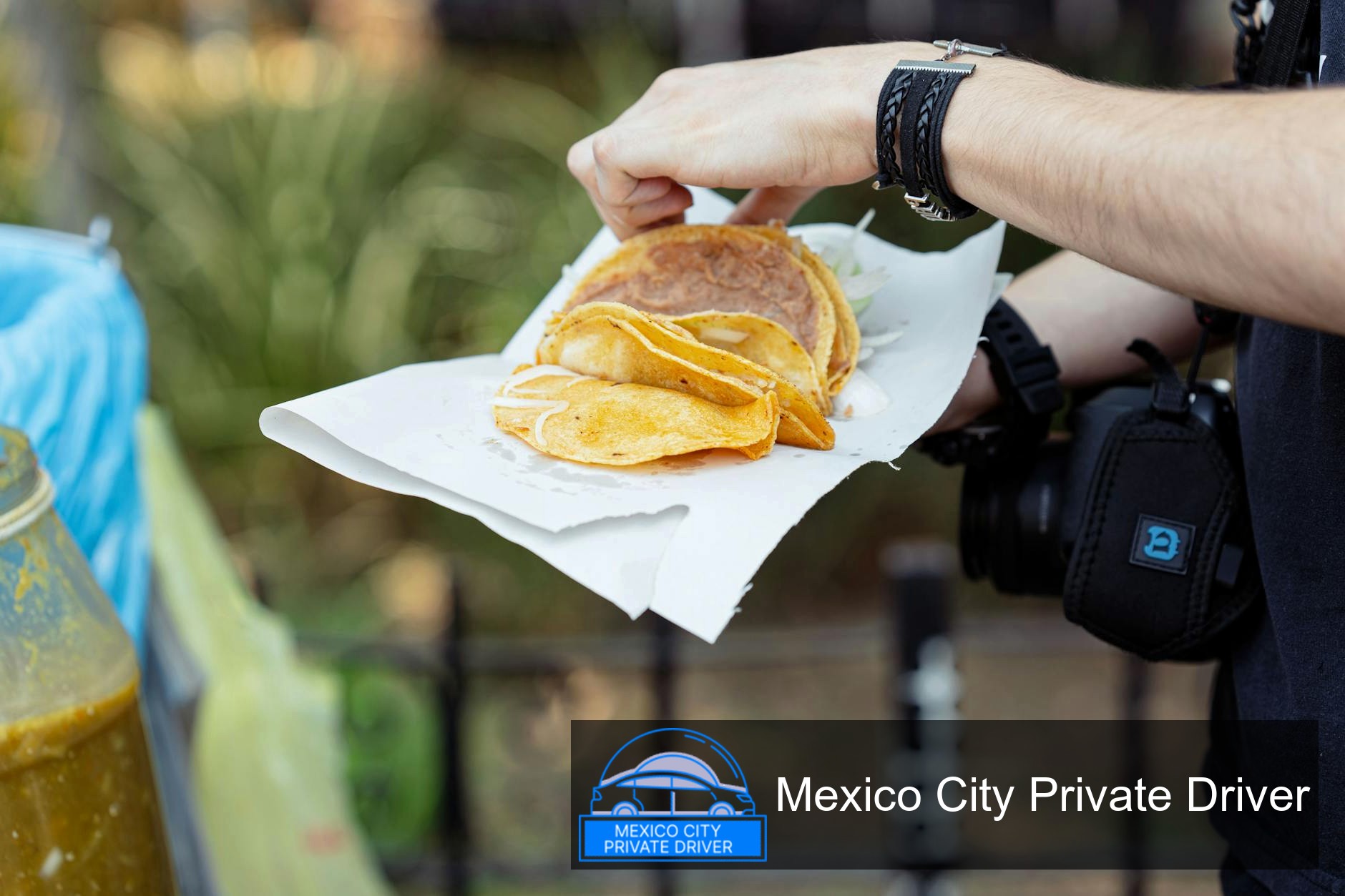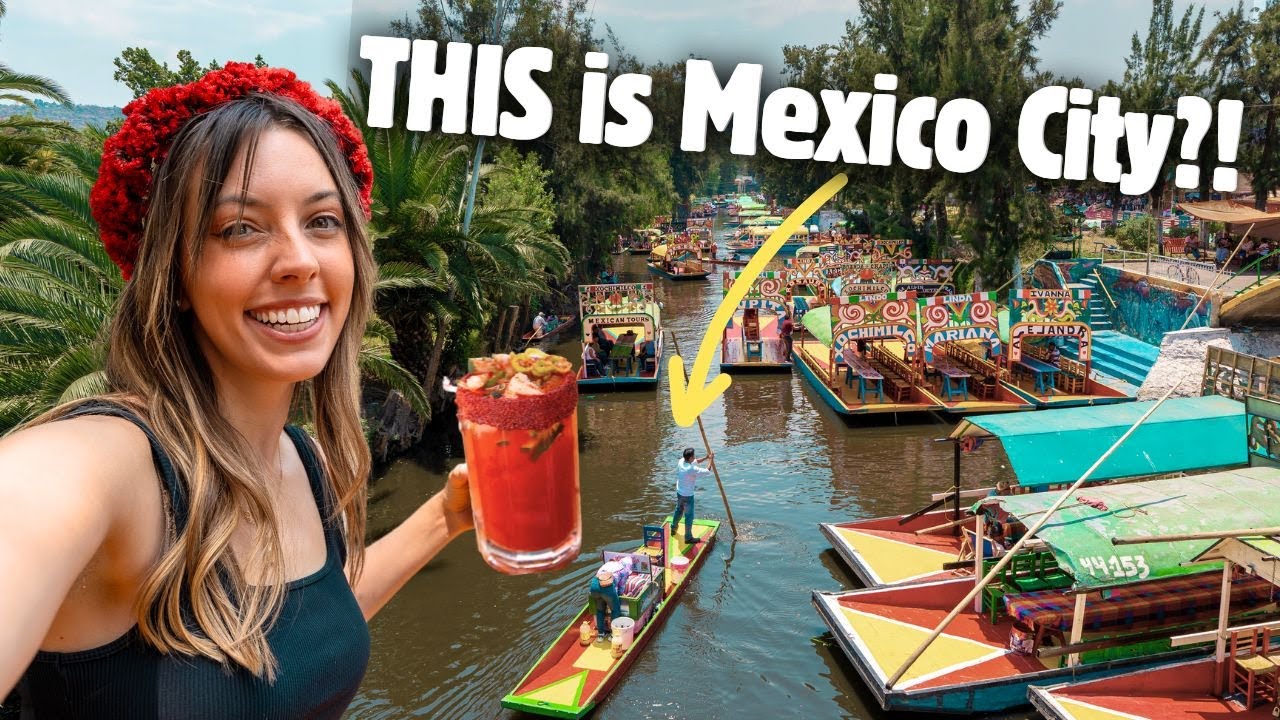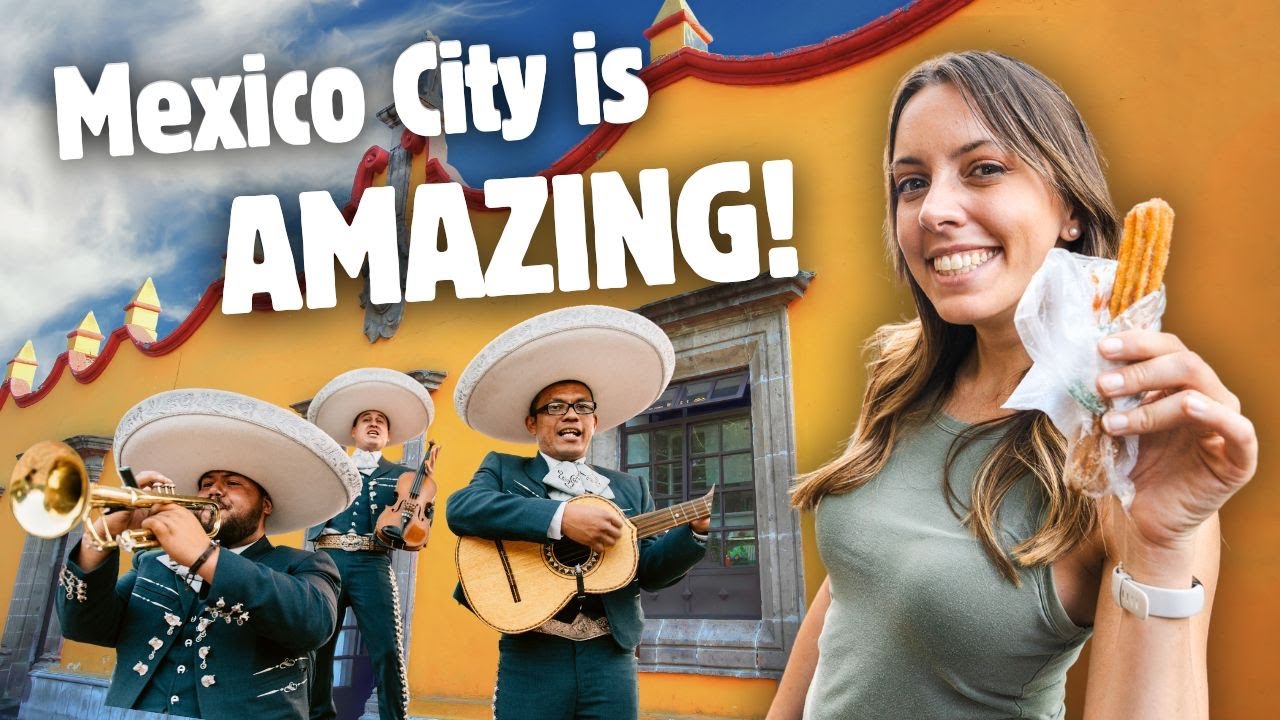TL;DR Mercado San Juan (Ernesto Pugibet) is Mexico City’s gourmet heart: a mid-century market famed for exotic meats, pristine seafood, artisanal cheeses and hard-to-find imported groceries. I’ve shopped, tasted and learned here for years: go early, bring cash and a curious palette, seek out the longstanding fishmongers and butchers, and don’t miss the deli counters and seasonal produce. Read on for practical steps, my stall recommendations, a quick comparative table of what to buy, and clear safety and travel tips.
Mercado San Juan Mexico City: A Foodie’s Guide to Hidden Culinary Treasures
I first discovered Mercado San Juan decades after it opened, and since then it has become my go-to when I want something unusual for dinner or an ingredient I can’t find anywhere else in the city. The market sits in the historic center and grew inside what used to be the cellar of the old “El Buen Tono” cigar factory—its urban story and architecture are as interesting as what’s sold inside (Arq911, Google Arts & Culture).
Why Mercado San Juan matters to foodies
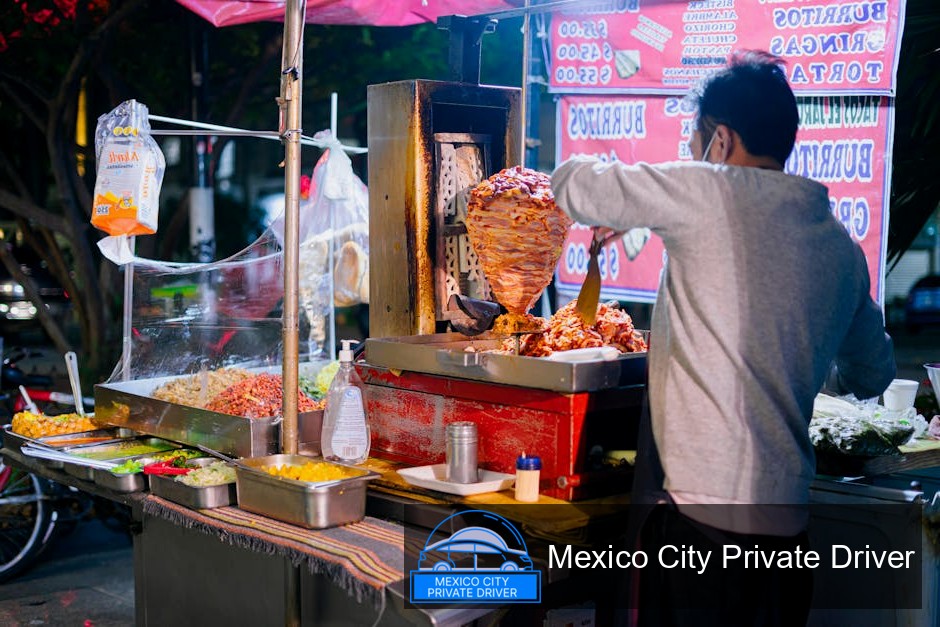
Mercado San Juan is not a typical neighborhood tianguis. Over the last 50–70 years it evolved into Mexico City’s only traditional market specializing in gourmet and exotic foods, catering to chefs, restaurateurs and curious diners (Wikipedia, Mexico City government). Two things set it apart:
- Specialized inventory: You’ll find exotic meats (venison, wild boar, crocodile and other rare proteins), a remarkable fish counter with delicate shellfish, and European-style deli products and cheeses that professional kitchens depend on (Wikipedia, Good Food Mexico).
- Vendor expertise and relationships: Many vendors have worked with the same chefs and restaurants for years, offering not only products but practical advice—how to cut a particular joint, the day’s best catch, or the best way to cook an unfamiliar animal (Mexico City government).
What to expect on your first visit
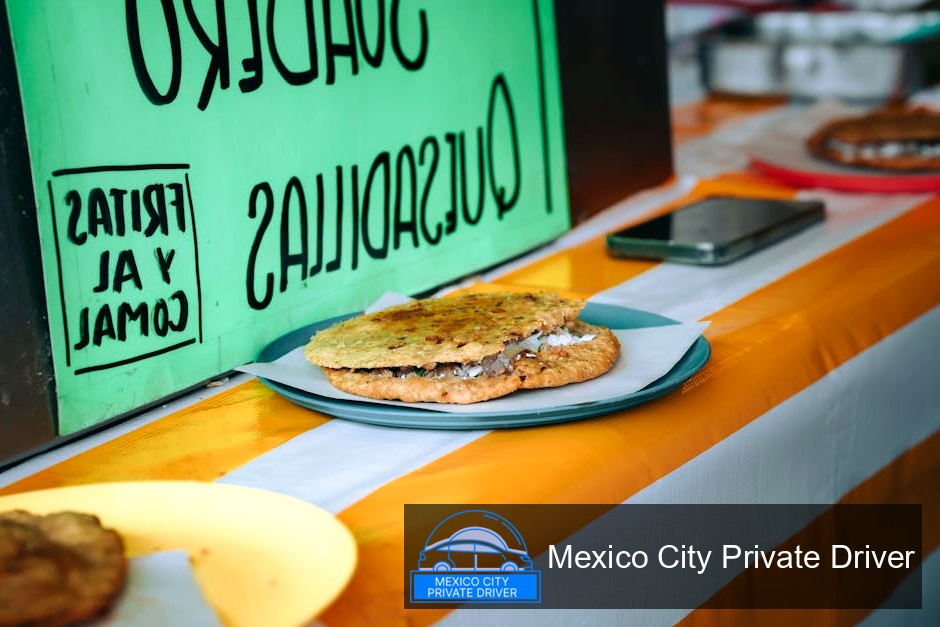
When I walk into the market I immediately notice the concentration of specialty stands: fishmongers with closely packed trays of glistening seafood, butchers carrying whole animals and exotic carcasses, and counters of cured meats and imported preserves. Unlike many tourist-oriented markets, San Juan retains a professional energy—many customers are chefs buying in bulk for dinner services (Wikipedia, Mexico News Daily).
The market is compact but dense. Stalls are grouped by category—pescaderías (fish), carnicerías (meat), queserías (cheese), and small bodegas selling imported cans, oils and spices from Europe and elsewhere (Mexico City government).
My favorite stalls and what to buy
Over repeated visits I’ve developed a short list of stalls I return to. Vendors change names and faces, but the types of places remain consistent. Here are the things I personally chase:
- Fresh shellfish and fish: scallops on the half shell, oysters, uni when available, and pristine sardines. The fish counters are reason enough to arrive early (Good Food Mexico).
- Exotic meats: if you’re curious and adventurous, ask the butchers about venison, wild boar or other game. These vendors are used to culinary-minded customers and will recommend cuts and cooking methods (Wikipedia, Mexico News Daily).
- Artisanal cheeses and cured meats: I often buy a wedge of locally made goat cheese or a slice of Iberian-style jamón to pair with a cheap Rioja bought from a friendly cheesemaker (Good Food Mexico).
- Imported pantry items: canned seafood, specialty olives, European preserves—useful when I want to replicate a non-Mexican recipe and don’t want to search multiple stores (Mexico City government).
- Unusual produce: small-batch mushrooms, pea shoots, long beans or special herbs that let me pivot the night’s menu—one visit can turn dinner plans into something completely new (Good Food Mexico).
What you won’t usually find
San Juan specializes in gourmet and imported items, not bulk household goods or the low-cost foodstuffs found in larger municipal markets. If you need cheap staples like corn masa by the kilo, La Merced or local tianguis are better options. Also, laws around transporting some exotic meats can be complex—if you plan to take meat out of Mexico, check customs and airline rules (I’m not a customs official, so please verify before traveling).
Quick comparative shopping table
| Category | Why it’s special at San Juan | When I buy it |
|---|---|---|
| Seafood | Very fresh, specialist fishmongers, delicate shellfish for raw/half-shell service | Early morning, especially if I want scallops or oysters |
| Exotic meats | Rare proteins and experienced butchers who advise on cuts | When planning an adventurous dinner or chef’s tasting |
| Artisanal cheeses & charcuterie | Local and European selections, great for pairing and small tastings | Afternoon, for aperitivo before dinner |
| Imported pantry items | Hard-to-find canned/preserved goods, gourmet condiments | Whenever I need a specific ingredient for international recipes |
| Seasonal produce | High-quality, sometimes unusual vegetables and herbs | When I want to pivot my menu based on what’s beautiful and fresh |
How to navigate the market (my practical tips)
San Juan can be sensory overload. These are concrete steps I recommend so your visit is efficient and enjoyable.
Before you go
- Bring cash and small change—many vendors prefer pesos and smaller notes. Card acceptance is limited.
- Wear comfortable shoes and a light jacket—the market is covered and can be cooler than the street.
- Plan your timing: arrive early (8–10am) for the best seafood and early cuts; arrive late afternoon for cheeses and wines when vendors are relaxed and may offer tastings.
At the market
- Start with the fishmongers: fresh seafood sells out quickly. Ask when each vendor’s deliveries arrive—some get product in the very early morning.
- Talk to butchers and cheesemongers: give them your cooking plan and they’ll recommend a cut or a cheese that will work—these relationships are why chefs shop here (Mexico City government).
- Sample where you can: many stalls will let you taste cheeses or cured meats. I always taste before I buy a new cheese.
- Pack smart: bring an insulated bag or request paper and ice from fish vendors if you’re carrying shellfish around the city.
Practical Guide
Below is a step-by-step plan for a typical food-focused visit I take and recommend to friends.
- Check opening hours (most stalls operate early; many open by 8am). Aim to arrive between 8:00–10:00 for seafood, 10:00–13:00 for meats and mid-day for cheeses.
- Take public transit or a short taxi—parking near the historic center can be tricky. The market is near Alameda Central and Palacio de Bellas Artes (Audiala, Google Arts & Culture).
- Carry cash in small bills and coins. I keep a tote bag and a small cooler in my backpack for purchases that must stay cool.
- Begin with seafood counters; ask the vendor what’s at its peak and what they recommend. If you’re buying live or very perishable items, request ice or insulated wrapping.
- Move to the butchers for proteins. Tell the butcher how you plan to cook the meat; they’ll trim and prepare it for you. If you’re buying something unfamiliar, ask for a small piece to try first.
- Finish with cheeses, deli items and imported pantry goods. This is when I taste and assemble a small meal to eat near the market or take home.
- If you plan to bring food across borders, check customs rules for meat, dairy and live seafood—these items often have restrictions (please verify before you travel).
Foodie etiquette and safety
Vendors at San Juan are proud of their products and expect customers who respect the trade. Here’s how I behave and recommend you behave:
- Ask before you photograph a stall or vendor. Most will say yes, but it’s polite to ask.
- Don’t haggle aggressively—prices reflect the specialty nature of the goods and the vendor’s expertise. A friendly negotiation is fine for small discounts on large purchases.
- Handle raw meats with care. If you buy exotic proteins, ask the vendor for storage advice and cook-through temperatures—they are usually very helpful.
- Be mindful of the peak hours for deliveries and be ready to wait in a short queue at busy counters—this is normal and part of the experience.
Notes on history and architecture (why the building feels different)
The current market sits within a building that was not initially designed as a market; it occupies part of the old cigar factory cellar and was later adapted to market use. A mid-20th-century intervention addressed the structure and skylight, creating an interior that provides good natural light to the stalls (Arq911). This history explains the market’s unique layout compared to other municipal marketplaces.
FAQs
Is Mercado San Juan safe for tourists?
Yes. I’ve visited many times without incident. The market is a professional, busy space frequented by locals, chefs and visitors. Standard precautions apply—watch your belongings and avoid carrying large amounts of cash in plain view.
Are prices expensive at San Juan?
Some items are pricier than at neighborhood markets because many products are specialty imports or gourmet-quality. You’re paying for rarity, freshness and vendor expertise. If you want budget options, shop elsewhere for basics.
Can I buy and eat exotic meats there?
Yes—exotic meats are a signature of San Juan, and vendors are accustomed to culinary-minded customers. If you buy something you haven’t cooked before, ask the butcher for preparation tips. If you plan to take the meat out of the country afterward, check customs rules first.
What are the market’s opening hours?
Hours vary by stall, but the market generally operates early in the morning into the afternoon. For the best seafood and butcher picks, arrive between 8:00 and 10:00. If you need exact hours for a specific stall, call ahead or arrive mid-morning.
Can I pay by card?
Card acceptance is limited. I always bring cash for small purchases and some extra in case a stall accepts a card for a larger sale. Small change is handy for samples and quick buys.
Is the market wheelchair or stroller friendly?
The market is covered and relatively compact, but aisles can be narrow and crowded at peak times. If accessibility is a concern, visit during off-peak hours when it’s easier to move around.
Are there places to eat inside the market?
Yes—some stalls serve ready-to-eat items and there are food counters where you can enjoy small plates or seafood on the spot. I sometimes assemble a simple cheese-and-charcuterie plate and enjoy it nearby.
Final thoughts
Mercado San Juan is a market that rewards curiosity. Over years of shopping there I’ve learned to time my visits, ask specific questions, and treat the vendors as collaborators rather than simply suppliers. Whether you’re a chef sourcing a particular cut, a home cook chasing perfect scallops, or a traveler looking for a memorable culinary experience, San Juan offers a mix of tradition, specialty goods and friendly expertise that’s hard to beat in Mexico City (Wikipedia, Mexico City government, Good Food Mexico, Arq911).
If you want, I can build a sample shopping list and timed schedule for your first visit based on what type of meal you want to cook—tell me the cuisine and the number of diners and I’ll map it out.
Martin Weidemann is a digital transformation expert and entrepreneur with over 20 years of experience leading fintech and innovation projects. As a LinkedIn Top Voice in Digital Transformation and contributor to outlets like Forbes, he now brings that same expertise to travel and mobility in Mexico City through Mexico-City-Private-Driver.com. His focus: trustworthy service, local insights, and peace of mind for travelers.

